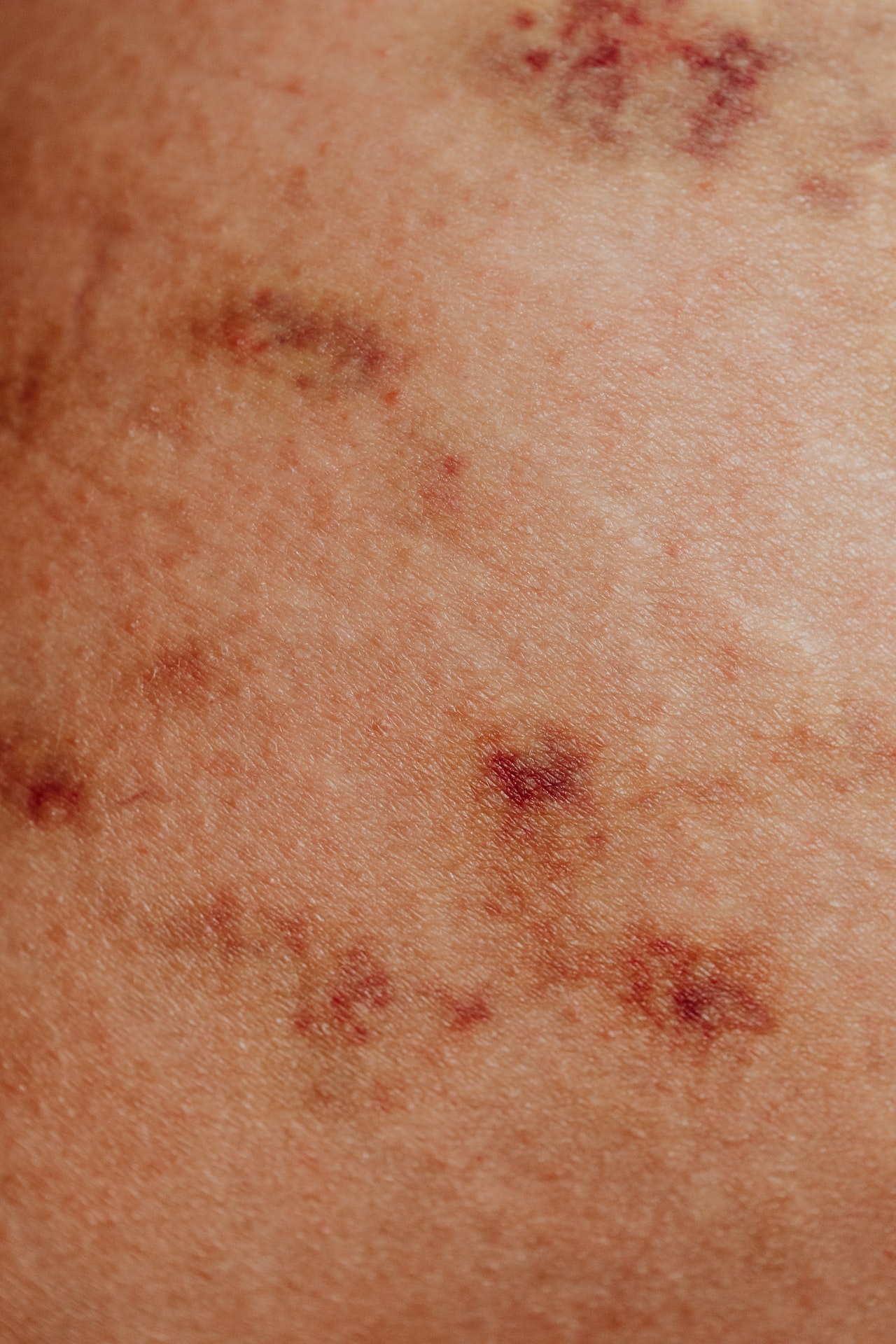Preventive Healthcare
Neurofibromatosis: Types, Symptoms and Treatment Options
3113 Views
0

Do you know someone who has lumps or bumps on their skin that seem to appear out of nowhere? Or have you ever heard of a condition called neurofibromatosis and wondered what it is and how it affects those living with it? Look no further, as we dive into the types, symptoms, and treatment options for this disease.
What is Neurofibromatosis?
Neurofibromatosis is a genetic disorder. It affects the nervous system. There are three types of neurofibromatosis: type 1, type 2, and schwannomatosis. Type 1 is the most common variation of the disorder. It is also known as Recklinghausen’s disease. Type 2 is less common than type 1. It is sometimes called bilateral acoustic NF. Schwannomatosis is the rarest form of neurofibromatosis. It affects the Schwann cells in the nervous system. Now, let’s explore each type in detail in the next segment.
Types of Neurofibromatosis
Neurofibromatosis 1
Neurofibromatosis 1 (NF1) is a genetic disorder. It affects the nervous system. The most common symptom of NF1 is the development of benign (noncancerous) tumours on the nerves. These tumours can grow anywhere in the body. They can cause mild to severe problems depending on their size and location. People with NF1 are also at an increased risk of developing certain types of cancer. These include brain tumours and leukaemia.
Neurofibromatosis 2
Neurofibromatosis 2 (NF2) is a rare genetic disorder. It affects the nervous system. It is characterised by the growth of non-cancerous tumours on the nerves, especially in both ears. Also known as vestibular schwannomas, these tumours can lead to several serious health problems, majorly hearing loss.
It is caused by a mutation in a gene called NF2. This gene is responsible for regulating cell growth. This mutation causes the cells to grow uncontrollably. This leads to the formation of tumours. NF2 can be inherited, and only one copy of the mutated gene is necessary for someone to be affected by the disorder.
Symptoms of Neurofibromatosis 1
Individuals with neurofibromatosis type 1 (NF1) can experience a wide range of symptoms, some of which are more common than others. The most common symptom of NF1 is the presence of cafe-au-lait spots. These are dark brown or black patches of skin that are typically larger than 5mm in diameter. These spots usually occur on the trunk or lower back but can also be found on the arms, legs, and face.
Other common symptoms of NF1 include:
- Skin Tumours (Neurofibromas): These benign tumours can form anywhere on the body, but are most often seen on the arms, legs, trunk, and head. They may be small and cause no symptoms, or they may grow large and cause pain or disfigurement.
- Lisch Nodules: These are small bumps on the iris, the coloured part of the eye. They are generally harmless but can sometimes interfere with vision.
- Pigmentation Changes: People with NF1 may have lighter or darker patches of skin due to an increase or decrease in pigment production.
- Bone Abnormalities: NF1 can cause problems with bone development, such as curvature of the spine aka scoliosis, or thinning of bones in the arms or legs.
- Growth Problems: Children with NF1 often have short stature and delayed puberty. Adults with NF1 may have a small frame and might also suffer from mild learning disabilities.
Symptoms of Neurofibromatosis 2
Neurofibromatosis 2 (NF2) is a genetic disorder. It causes tumours to grow on the nerves in the brain and spinal cord. The symptoms of NF2 can vary from person to person. They can range from mild to severe.
The most common symptom of NF2 is hearing loss. This can happen in one or both ears. It can also lead to problems with balance. Other symptoms include:
- Weakness or numbness in the arms or legs
- Pain in the head, neck, back, or other areas of the body
- Problems with vision, including blurred vision, double vision, and blindness
- Facial paralysis
- Ringing in the ears (tinnitus)
- Issues with balance
If you have any of these symptoms, it's important to see a doctor so they can rule out other possible causes and give you a proper diagnosis.
Schwannomatosis
Schwannomatosis is a rare form of neurofibromatosis. It usually affects adults. It is characterised by the development of multiple schwannomas. These are benign tumours. They grow on the covering of nerves, especially around the cranium (brain), and spine. People with this condition may also have other neurological problems, such as seizures.
Symptoms of Schwannomatosis
Here are some typical symptoms associated with Schwannomatosis:
- Chronic body pain
- General weakness or fatigue
- Loss in muscle mass and density
Treatment Options For Neurofibromatosis
There are several treatment options available for neurofibromatosis. These can be divided into medical and surgical options.
Medical treatments include:
- Medication to help control pain
- Anticonvulsants to prevent seizures
- Alpha interferon to help shrink tumours
- Drugs to help control high blood pressure that can be caused by neurofibromas
Surgical treatments include:
- Removal of individual neurofibromas (or groups of neurofibromas) that are causing pain or other problems
- Partial removal of the nerve sheath (called a fasciotomy) to relieve pressure on nerves or to improve movement in an arm or leg.
- Total removal of the nerve sheath (called a rhizotomy) to destroy nerve fibres and relieve pain.
Conclusion
In conclusion, neurofibromatosis is a genetic disorder that affects one in 3,000 people. It can cause disfiguring tumours to grow on the skin, nerves and other areas of the body. There are three types of this condition: type 1, type 2 and schwannomatosis. Treatment may involve surgery or medications to reduce pain or manage associated issues such as seizures or high blood pressure. Although it can be a serious issue and a major cause for concern, with proper medical care and early diagnosis, most of the symptoms and complications can be mitigated.
If you have any concerns about neurofibromatosis and are looking for a reliable Gene analysis Neurofibromatosis type 1 and 2, then reach out to us at Metropolis Healthcare today. With thousands of labs spread across major cities in the country, our state-of-the-art labs are equipped to accurately diagnose a wide range of diseases and conditions. Contact us today!























 WhatsApp
WhatsApp
